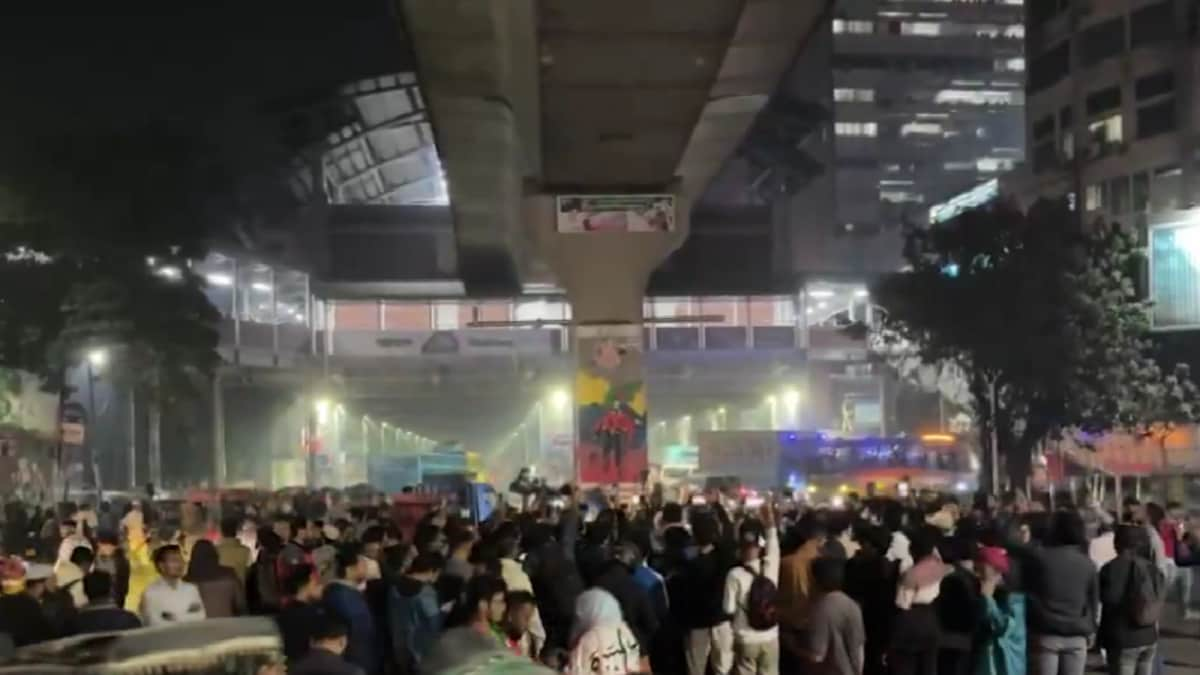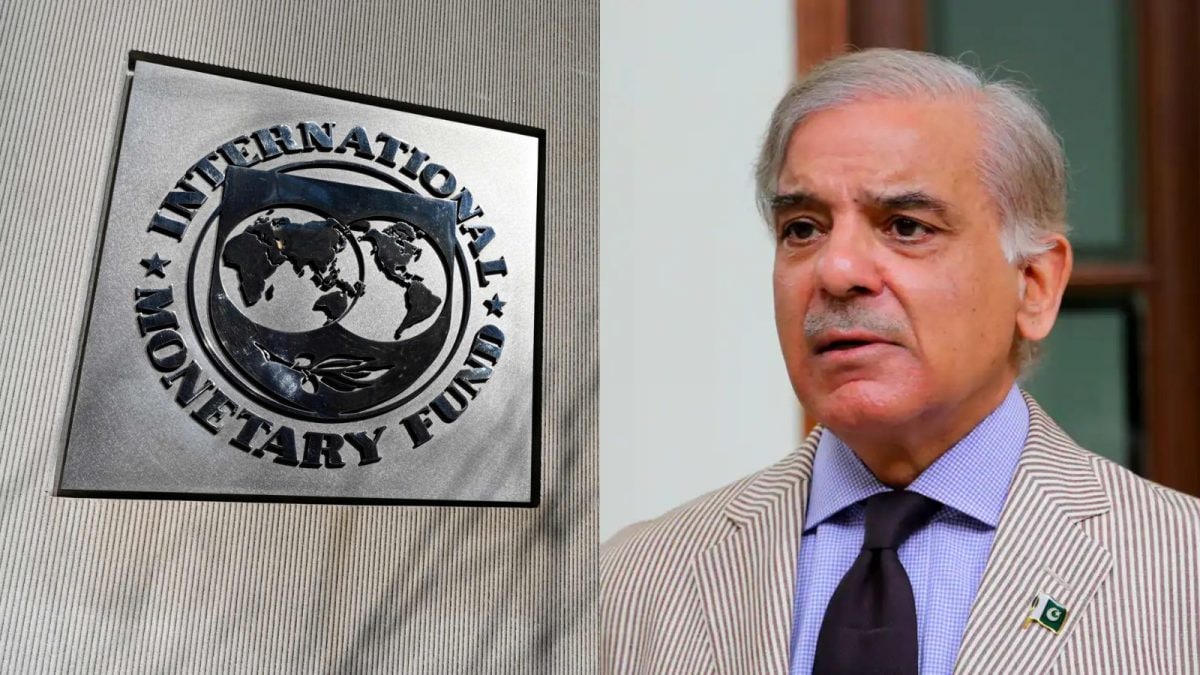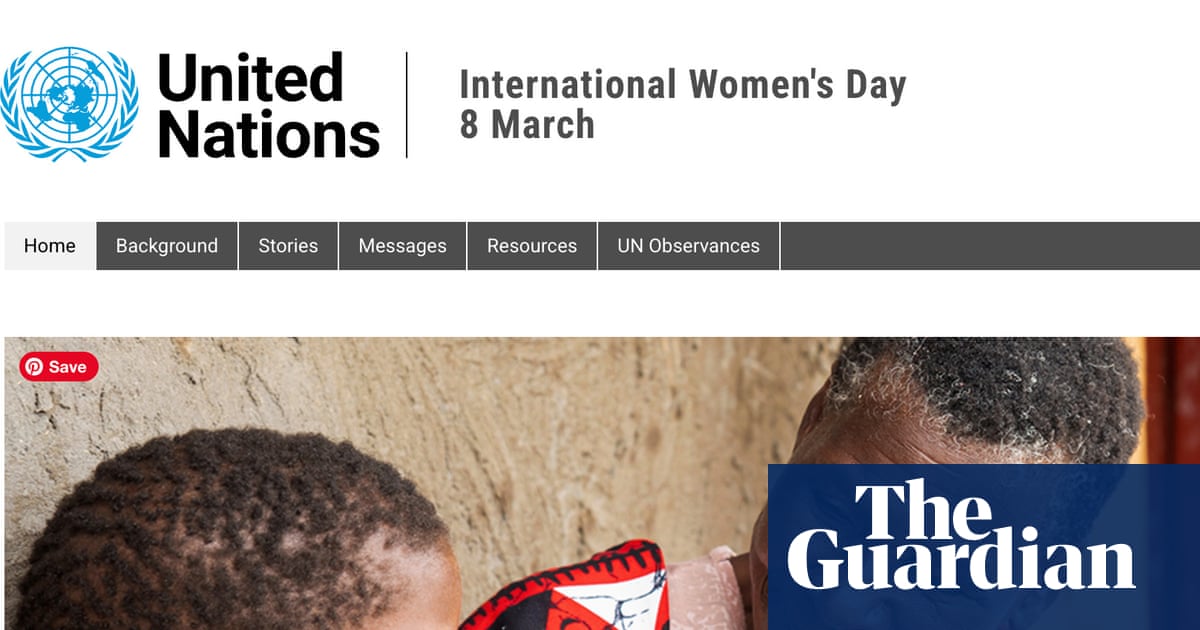Last Updated:October 27, 2025, 11:45 IST
The USDA warns that food aid under SNAP will stop from November 1 as the US shutdown drags on, putting around 42 million low-income Americans at risk of losing support

A sign advertises that WIC and Food Stamps are accepted at a convenience store, as tens of millions of Americans might not receive food stamps and other food aid in November because of the government shutdown. (REUTERS)
As the political standoff in Washington continues, the impact of the government shutdown is widening beyond closed offices and unpaid workers. The United States Department of Agriculture (USDA) has warned that funding for the Supplemental Nutrition Assistance Programme (SNAP), the main food aid scheme for low-income Americans, will run out on 1 November unless lawmakers reopen the government or approve new spending.
The Trump administration has said it will not release roughly $5 billion in contingency funds to keep the programme running, arguing that those reserves are meant for disaster relief. The decision has left around 42 million people uncertain about how they will afford their next grocery bill, and raised fears that the ongoing shutdown, already the second-longest on record, could push millions into hunger.
What Is SNAP?
The Supplemental Nutrition Assistance Programme, known as SNAP or ‘food stamps’, is the largest food-assistance scheme in the United States. It provides monthly aid to help low-income individuals and families buy essential groceries including vegetables, dairy, meat and bread.
About 42 million Americans depend on SNAP, according to Al Jazeera. Average benefits stand at about $190 per person and $356 per household each month. Nearly three-quarters of recipients live at or below the poverty level. The programme works through reloadable debit cards, which can be used at supermarkets or for online grocery delivery through platforms like Amazon.
Hilary Seligman, professor of medicine at the University of California, San Francisco, told the BBC that SNAP “provides essential support for people who might otherwise have to choose between paying rent or buying food". She added that people living paycheck to paycheck “are worried that the benefits they rely on every month aren’t going to arrive and they won’t have money to feed their families".
How Did The Shutdown Lead To The SNAP Crisis?
The shutdown began on 1 October after the US Congress failed to agree on a federal spending bill. Democrats have demanded that any budget deal must extend expiring subsidies under the Affordable Care Act (ACA), the health-insurance programme passed in 2010 to make coverage more affordable for low-income Americans.
Republicans, led by President Donald Trump, insist that the government must reopen before any negotiation on the ACA takes place.
The stalemate has halted funding across federal departments. On 10 October, the USDA warned that it would soon have “insufficient funds" to pay full benefits, and later posted a public notice: “Bottom line, the well has run dry. At this time, there will be no benefits issued November 01."
House Minority Leader Hakeem Jeffries urged Republicans to end the impasse, saying there was “an urgent need to reopen the government… so we can enact a spending agreement that’s bipartisan in nature".
Democratic lawmakers have asked Agriculture Secretary Brooke Rollins to use contingency funds to continue benefits, but the USDA has refused. A department memo obtained by the AP said “contingency funds are not legally available to cover regular benefits" because they are reserved for natural disasters. It cited Hurricane Melissa as an example of why the reserves must remain untouched.
What Is The Political Blame Game About?
The Trump administration has declined to release the $5 billion contingency reserve that could temporarily sustain the programme. Agriculture Secretary Brooke Rollins has argued that the reserve can be used only for “true emergencies", such as natural disasters, not to maintain regular welfare payments.
Amid growing criticism, Rollins repeated the administration’s argument on X, writing: “Democrats are putting free health care for illegal aliens and their political agenda ahead of food security for American families. Shameful." Her remark reflected the White House’s claim that Democrats are prioritising healthcare for undocumented immigrants over immediate relief for citizens.
Democrats have rejected that accusation, saying the administration is using millions of vulnerable families as leverage in a political fight. Senator Chris Murphy of Connecticut told CNN that “if they sat down to try to negotiate, we could probably come up with something pretty quickly. We could open up the government on Tuesday or Wednesday, and there wouldn’t be any crisis in the food stamp programme."
What Happens On 1 November?
The USDA has told states that no benefits will be issued on 1 November unless Congress approves funding. State agencies were instructed to “hold off" on sending data to vendors such as grocery chains “until further notice". Without this data, SNAP cards cannot be reloaded and payments may fail.
Payment schedules differ by state, meaning disruptions could roll out unevenly through November. States including Arkansas, Oklahoma, Illinois, New York, North Carolina, Texas and Wisconsin have already warned residents to prepare for delays. Some have directed families to local food banks and charities for help.
The USDA also confirmed that states will not be reimbursed if they front the cost themselves. The Center on Budget and Policy Priorities said the contingency fund could cover only about 60 per cent of a single month’s benefits, arguing that the administration “should have taken steps weeks ago to be ready to use these funds".
How Are States And Food Banks Responding?
In the US, while the federal government funds SNAP, individual states administer it. This means that when Washington stops paying, states are left to manage both the confusion and the fallout. Local leaders have begun mobilising their own resources to keep food aid flowing where possible.
The US Conference of Mayors, a national body representing more than 1,400 city leaders, urged the administration to use the emergency reserves. In a joint statement, it warned that “when benefits are delayed or reduced, city economies absorb the shock through increased food insecurity, higher demand on emergency food providers, and additional strain on municipal budgets and public-health systems."
In the state of California, the country’s most populous, Governor Gavin Newsom announced that he would deploy the Guard and a state volunteer force to support food banks and would allocate $80 million in emergency funds to maintain supplies.
In Wisconsin, Governor Tony Evers sent a letter to Brooke Rollins saying, “Empty cupboards and stomachs are not abstract outcomes. They are the very real and near consequences of the dysfunction in Washington. These are also consequences you can prevent today."
Across the country, food banks are already under strain. Earlier this year, the federal government cut $500 million from the Emergency Food Assistance Programme, which supplies many of these banks. As reported by ProPublica, that reduction has left shelves emptier just as demand is surging due to the shutdown and the possible SNAP suspension.
What Does This Mean For Families?
For many families, the uncertainty has already led to panic planning. Social media is flooded with videos and advice on stretching limited food supplies.
Posts offering budget recipes, such as “dinners under a dollar" or ways to make one chicken last several meals, have gone viral, highlighting the fear that a lapse in SNAP could mean empty plates for millions.
Unless Congress finds a compromise soon, the freeze could cut off food assistance to roughly one in eight Americans through SNAP, according to AP, leaving state governments, food banks and volunteers to fill the gap.

Karishma Jain, Chief Sub Editor at News18.com, writes and edits opinion pieces on a variety of subjects, including Indian politics and policy, culture and the arts, technology and social change. Follow her @kar...Read More
Karishma Jain, Chief Sub Editor at News18.com, writes and edits opinion pieces on a variety of subjects, including Indian politics and policy, culture and the arts, technology and social change. Follow her @kar...
Read More
First Published:
October 27, 2025, 11:45 IST
News explainers SNAP Crisis: How US Government Shutdown Is Threatening Food Aid For Millions Of Americans
Disclaimer: Comments reflect users’ views, not News18’s. Please keep discussions respectful and constructive. Abusive, defamatory, or illegal comments will be removed. News18 may disable any comment at its discretion. By posting, you agree to our Terms of Use and Privacy Policy.
Read More

 1 month ago
1 month ago


















